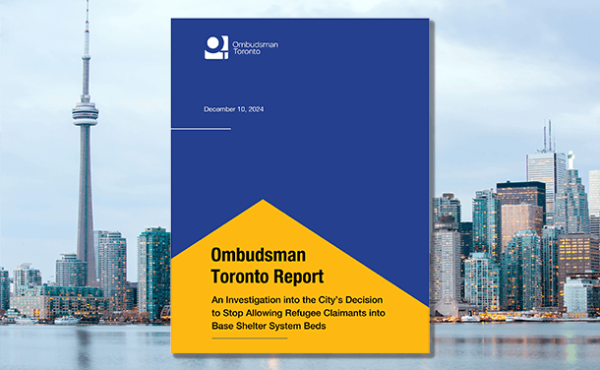Crossposted to Transit Toronto.
A much higher than expected surplus (as high as $13 billion, by some estimates) has allowed the Conservative government of Stephen Harper to funnel $3.3 billion in transit and housing improvements throughout the country, the Toronto Star reports. The province of Ontario is estimating that as much as $1 billion of that could be channelled towards extending the Spadina subway beyond York University, and to other transit improvements in the Greater Toronto Area.
The numbers have been taken from a confidential letter sent by federal finance minister Joe Flaherty to Ontario finance minister Dwight Duncan, one day after Ontario’s budget committed $670 million to the Spadina subway extension. The numbers, confirmed by Duncan himself, come in advance of Harper’s first federal budget, due to be delivered on May 2nd.
As accounting practises require that all surplus funds be used to pay down Canada’s $500 billion debt if they are not spent before the end of the nation’s fiscal year, the $3.3 billion will be set aside in a variety of trust funds, including $1 billion for construction at post-secondary education institutions, $800 million for affordable housing, and $300 million each for northern housing and off-reservation aboriginal housing.
In related news, Steve Munro, a noted critic of the extension of the Spadina subway to York University, reports on the events of a public meeting held on the future of the Scarborough RT. His assessment of the line’s future is a compelling read. Neither the provincial government nor the federal government have talked about what they’re willing to fund, and the consultant in charge of this presentation offered no suggestions about how to raise funds to replace this major piece of aging infrastructure.
In this author’s opinion, while spending on public transit initiatives is welcome, there has been precious little forethought on what priorities should be funded. Recent spending announcements have been made primarily for political reasons, and taxpayers should be concerned that, while public transit is being improved, their money may not be spent as effectively as it should



